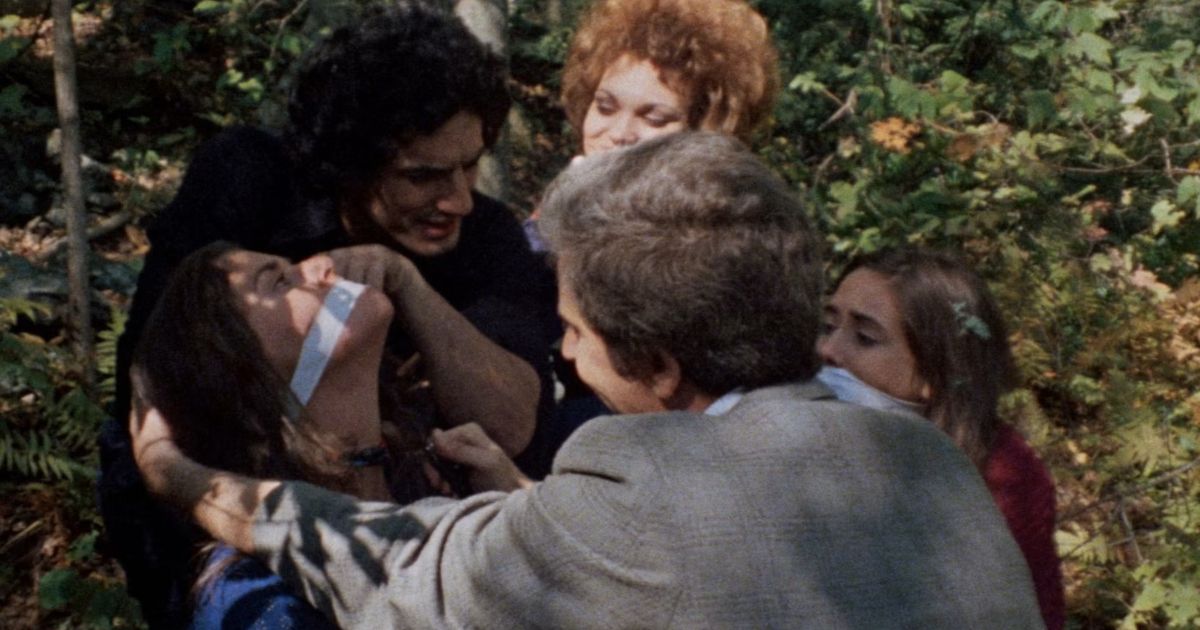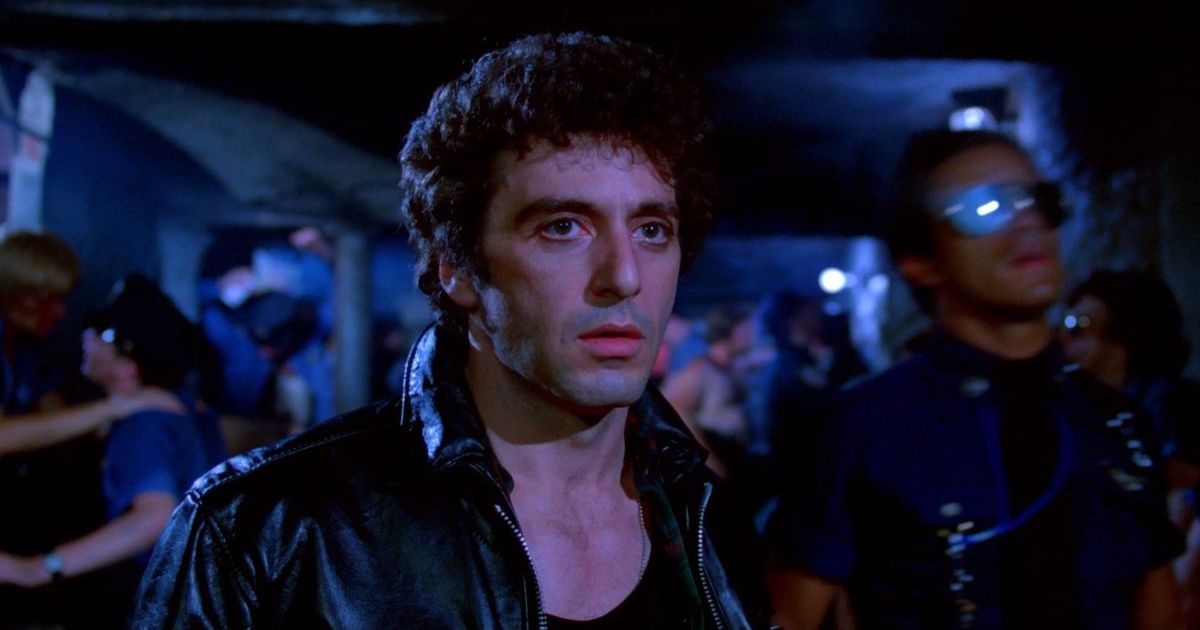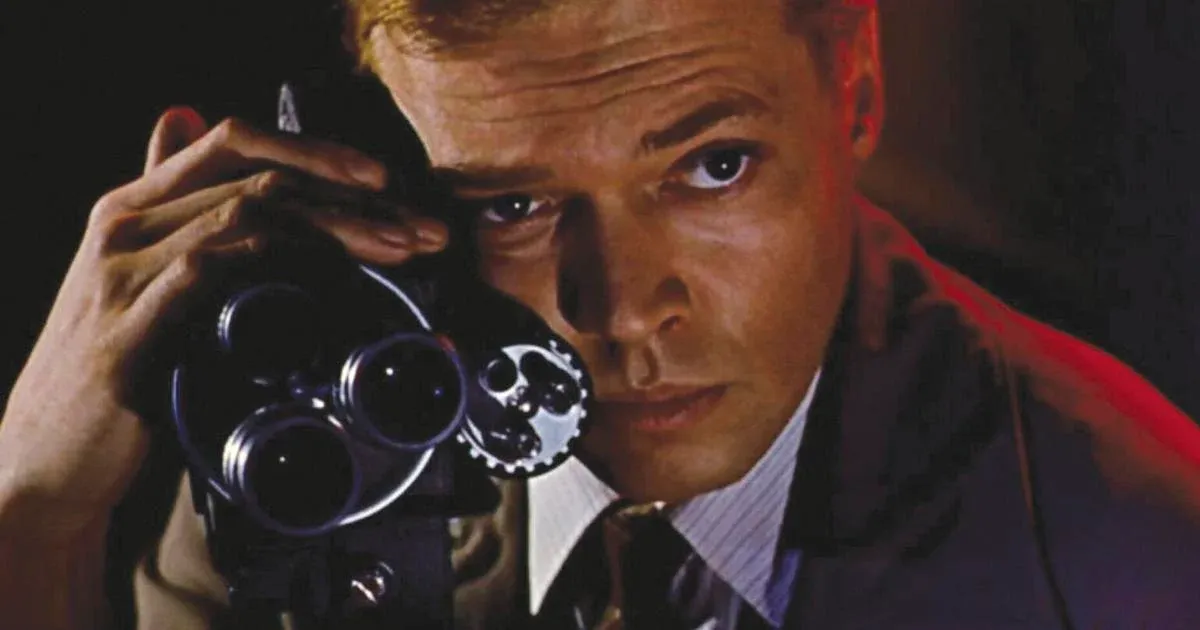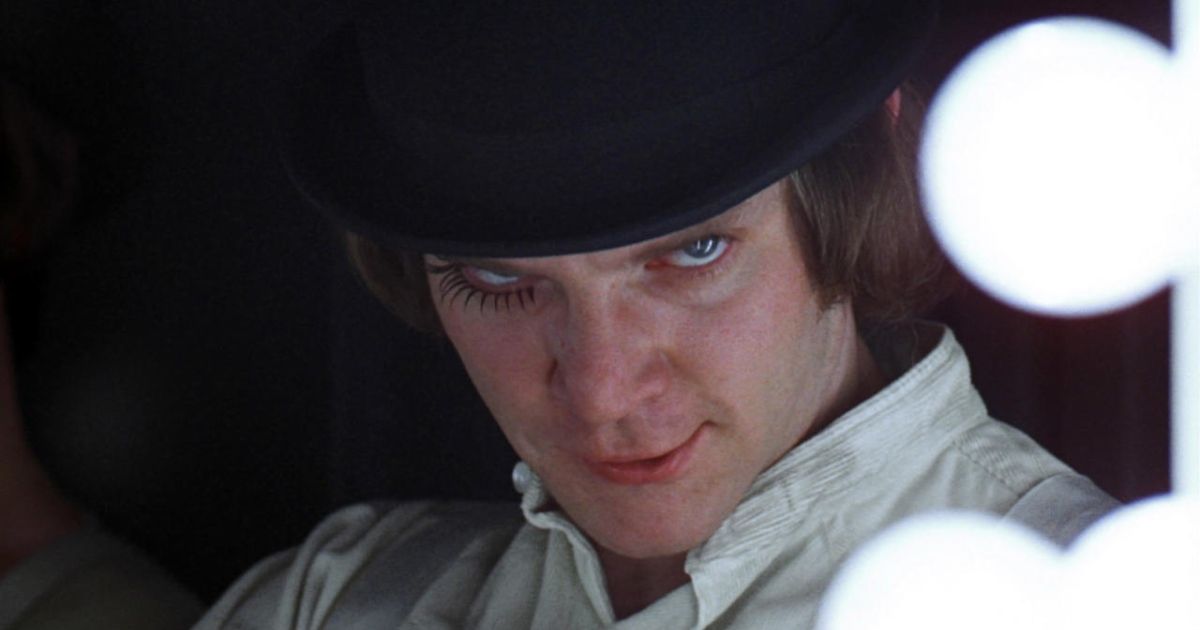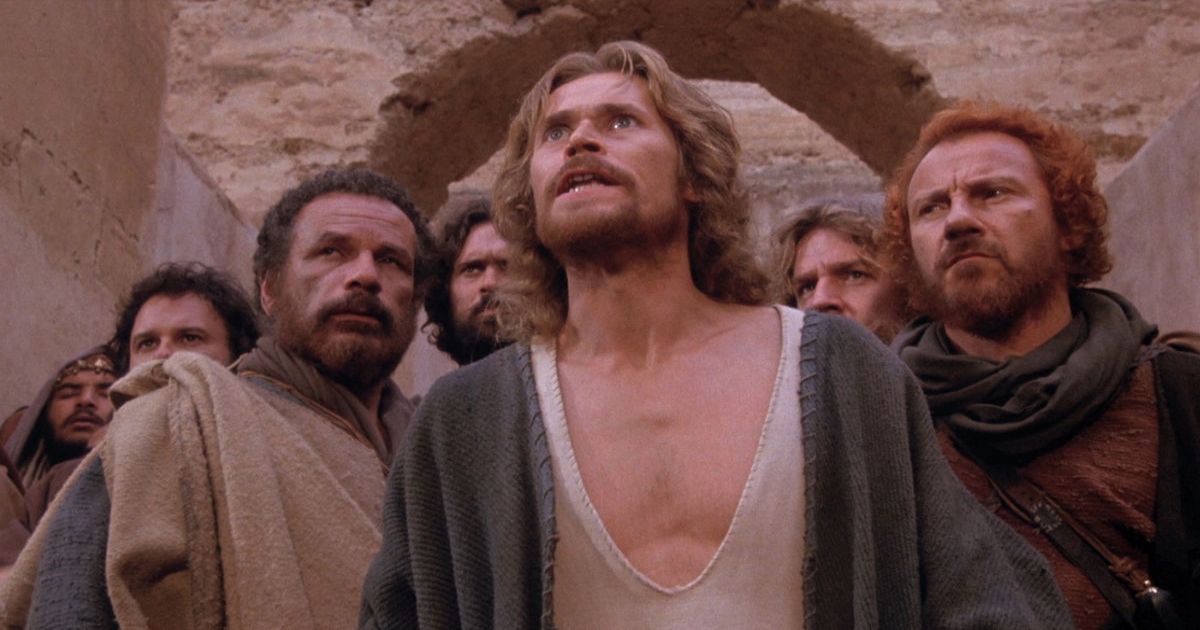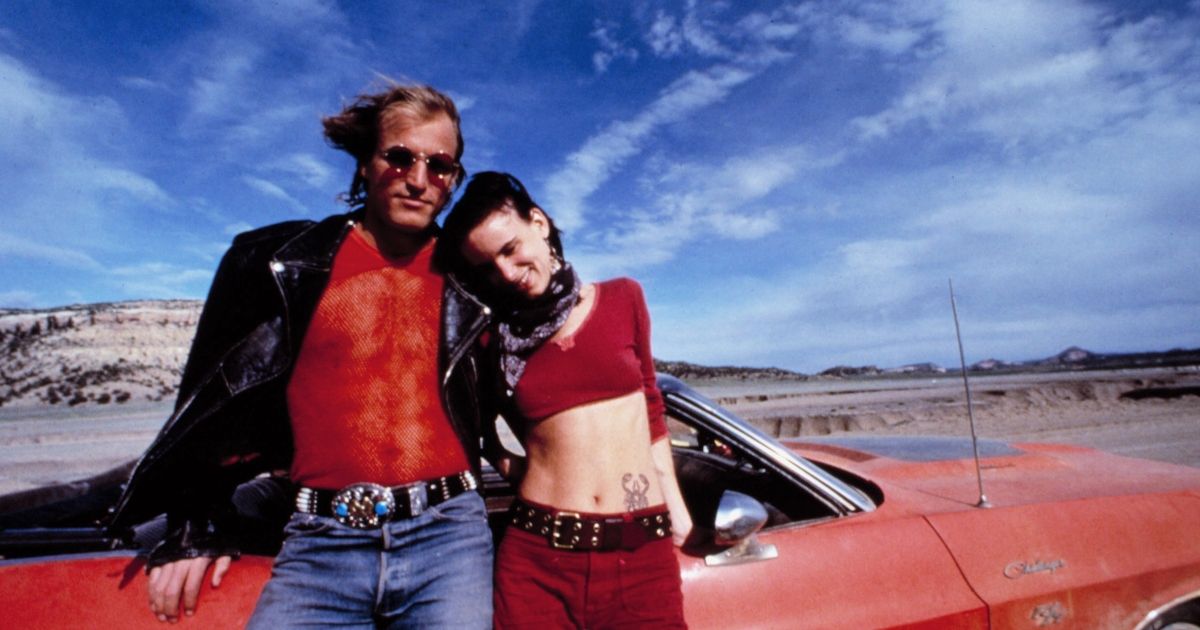It can go without saying that there's "no such thing as bad publicity," but sometimes a controversial film can break as much as make a director's career. Or, at least, slow it down a bit. The question remains - is it better to never make a film again because you dared to make The Green Lantern, or because you dared to make A Clockwork Orange? Sadly, Kubrick is no longer here with us to weigh in on that question. But his film lives on. Here are some other controversial films by mainstream directors that put a roadblock in their career upon release, or, at the minimum, left their reputation up in the air. Fortunately, many of these now-iconic directors went on to hurdle these obstacles by leaps and bounds. It's important to remember, though, how significant these controversial features remain within the scope of cinema at large.
7 The Last House on the Left (1972)
Wes Craven was well ahead of his time with his unnerving exploitation classic The Last House on the Left. The film revolves around a scenario that might feel familiar to us today, but was deeply foreboding in its novelty and brutality at the time of release: two women, on their way to a rock concert, are abducted and tortured by a gang of escaped convicts. The real tension of the movie is inspired by a matter of coincidence; the gang ends up being taken in by one of the girl's parents, who swiftly seek out revenge against them. Despite its audacious innovation to the horror genre and outright warning to audience members - the film’s tagline was "To avoid fainting, keep repeating, 'It’s only a movie...Only a movie..." Craven’s film warded off investors everywhere because of just how brutal it was, and the film was banned in the U.K. and never released in Australia.
6 Cruising (1980)
Based on a real case, William Friedkin's Cruising follows Al Pacino as an undercover cop in New York's underground S&M scene, where a serial killer has been terrorizing the gay community. Despite its subject matter, it's still quite surprising how Friedkin's film managed to become mired in controversy before it was even released. Journalist Arthur Bell wrote for the Washington Post: "The script has no social value; everyone comes out looking bad — cops, gays, even the city." Heeding Bell's word, there were myriad protests within the gay community at the time of the film's release, and during shooting, neighbors in the apartment buildings where there was filming would play their music so loud it would drown out the dialogue. Despite Friedkin's competent research for the film, its general legacy and impact still clearly remains quite turbulent today.
5 Peeping Tom (1960)
Michael Powell was one of the most distinguished British filmmakers of the 1940s and 1950s, with masterpieces like The Red Shoes and Black Narcissus under his belt, but, tragically, Peeping Tom saw a premature end to his career. This may appear like a hyperbolic statement, but at the time of its release, critics said the film was "essentially vicious" and should be thrown into the sewer. Even though Peeping Tom was released around the same time as Alfred Hitchcock's Psycho, this movie about a murderous, voyeuristic filmmaker simply proved too much for mainstream audiences and critics to take in and deconstruct the complexities of. Today, though, it is revered by such directors as Martin Scorsese as a major influence and lives on as an irreverent classic.
4 Straw Dogs (1971)
Featuring one of Dustin Hoffman's most intense performances of all time, Straw Dogs was no less than a shock at the time of its release. Sam Peckinpah, the film's director, was certainly no stranger to violence, but he had mostly concentrated it through the Western lens with The Wild Bunch. Following an academic who vows revenge after his wife is sexually assaulted, Straw Dogs is an intensely more brutal film than Peckinpah’s predecessors, and critics at the time bemoaned it as encouraging a mainstream upsurge of violence throughout cinema. Today, the most controversial element of the film unequivocally lies in its depiction of women, and how Hoffman's wife is never granted much autonomy throughout this extremely violent, traumatizing journey.
3 A Clockwork Orange (1971)
It's no surprise that Kubrick's take on a bleak (yet colorful) dystopian nightmare inspired immediate controversy at the time of its release. The film was lambasted not only for its prolific violence, but also for its extreme violence against women, which was usually of an overtly sexual nature. Many found themselves concerned over "copycat crimes" of violence, which seems ironic now, considering that the "Singing in the Rain" scene was actually based on Burgess's (the novel's author) own wife's murder by four soldiers. Interestingly enough, Kubrick predicted the effect that his film would have on the culture - or the British culture, at least - and withdrew the film's release from the U.K. in 1973. The film didn't become available there until 1999, following Kubrick’s death.
2 The Last Temptation Of Christ (1988)
As one of the most overlooked films in his oeuvre, Scorsese's The Last Temptation of Christ sure had a lot of people livid, on a global scale, at the time of its release. Yes, it was lamented for those things that one would associate with any Scorsese feature - sex and violence - but, most importantly, religious pundits around the globe took issue with the film's depiction of Jesus as a fallible man. The film imagines Christ as a figure, like the rest of us, guided by temptation and fear, who might have lived something along the lines of a quotidian life in another universe. The film inspired so much anger that, in Paris, people threw Molotov cocktails at a theater where it was released. To this day, the film still can't be shown in certain countries, such as the Philippines and Singapore.
1 Natural Born Killers (1994)
By 1994, Oliver Stone had already shown us explicit visions of American horror on Wall Street and in Vietnam, as well as alternative versions of our own history with JFK. Yet Natural Born Killers by far exists as the director's most polarizing film, for its controversial subject matter and gratuitous, extremely experimental aesthetic alike. The film follows Mickey and Mallory, two mass murderers whom the media picks up as sweethearts of perversion. With a script written by Quentin Tarantino, not only does Natural Born Killers never hold off on violence or ever refuse to amp up the gore, but it also was a painful reminder of just where America was at that point - and, as the trailer warns, "where we're headed." Some critics called Stone's satire "simplistic and pass," while others hailed it as nothing short of a masterpiece. Stone's psychedelic ultra-violence definitely got people talking, for better or for worse, and its legacy is fraught with equal parts praise and outrage.

.jpg)
